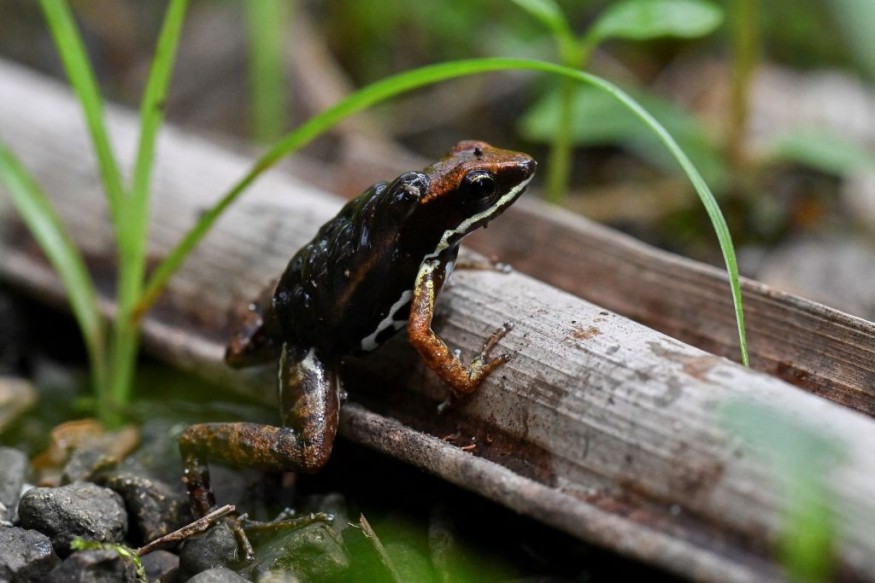An amphibian disease affecting frogs was assessed by biologists in the state of Baja California in Mexico.
The disease, caused by a fungal infection, has been responsible for killing amphibians worldwide for decades.
The biologists published their first major account of the disease in a new study this year.
Chytridiomycosis Amphibian Disease

Biologists from Southern California and Baja California have assessed an amphibian disease called, chytridiomycosis or the Amphibian Chytrid Fungus Disease, caused by the chytrid fungus in the Mediterranean region of Baja California in Mexico.
The biologists published their first major account of the amphibian disease in the journal Global Ecology and Conservation.
The study indicated that the disease is more dominant in the Baja California peninsula than in similar areas of Southern California in the US.
According to Andrea Adams, an assistant researcher in the Earth Research Institute at UC Santa Barbara lead author of the study, "We call it a panzootic-it's like a pandemic, only with animals," via Science Daily.
The threat by the chytrid fungus is more significant in Baja California even though the chytrid fungus and the environment are similar to Southern California, said Adams.
The scientists conducted the study to determine how and why chytridiomycosis is prevalent in the area.
Chytrid Fungi and Amphibians
The majority of the chytrid group consists of soil-dwelling fungi, which are relatively common worldwide and generally pose no harm.
However, the researchers' comprehensive study indicated the chytrid fungus evolved to penetrate and infect the skins of amphibians.
These evolved chytrid fungi infect amphibians and have been responsible for a large number of deaths among the amphibian population worldwide with a high mortality rate, as per the Australian Government Department of Agriculture, Water, and the Environment.
The amphibian group consists of several species, including frogs, toads, and salamanders.
Amphibians like frogs use special skin glands for various purposes, including fighting off bacteria or fungal infections, says National Geographic.
However, these special skin glands seem to fail frogs in Baja California, and they end up getting an infection from the chytrid fungus, leading to the disease.
Ongoing Investigation of the Chytridiomycosis Disease
The research team collected samples of the chytrid fungus from the skins of Baja frogs between November 2015 and November 2016; these frogs include the California red-legged frog and the American bullfrog.
The team concluded that infection from the chytrid fungus is based on the location and species of the amphibian.
In this case, the California red-legged frog was the most infected species of frogs.
Furthermore, the study showed chytrid fungus infections are dominant in highly elevated and ooler environments that are more moist.
In its first comprehensive study of the chytrid fungus disease, the researchers of the study have investigated the origin, pattern, and genetics of chytridiomycosis to protect the biodiversity in Baja California.
The study is likely to be succeeded by further investigations and research in the coming years with the aim of maintaining and increasing the population of frogs.
© 2025 NatureWorldNews.com All rights reserved. Do not reproduce without permission.





